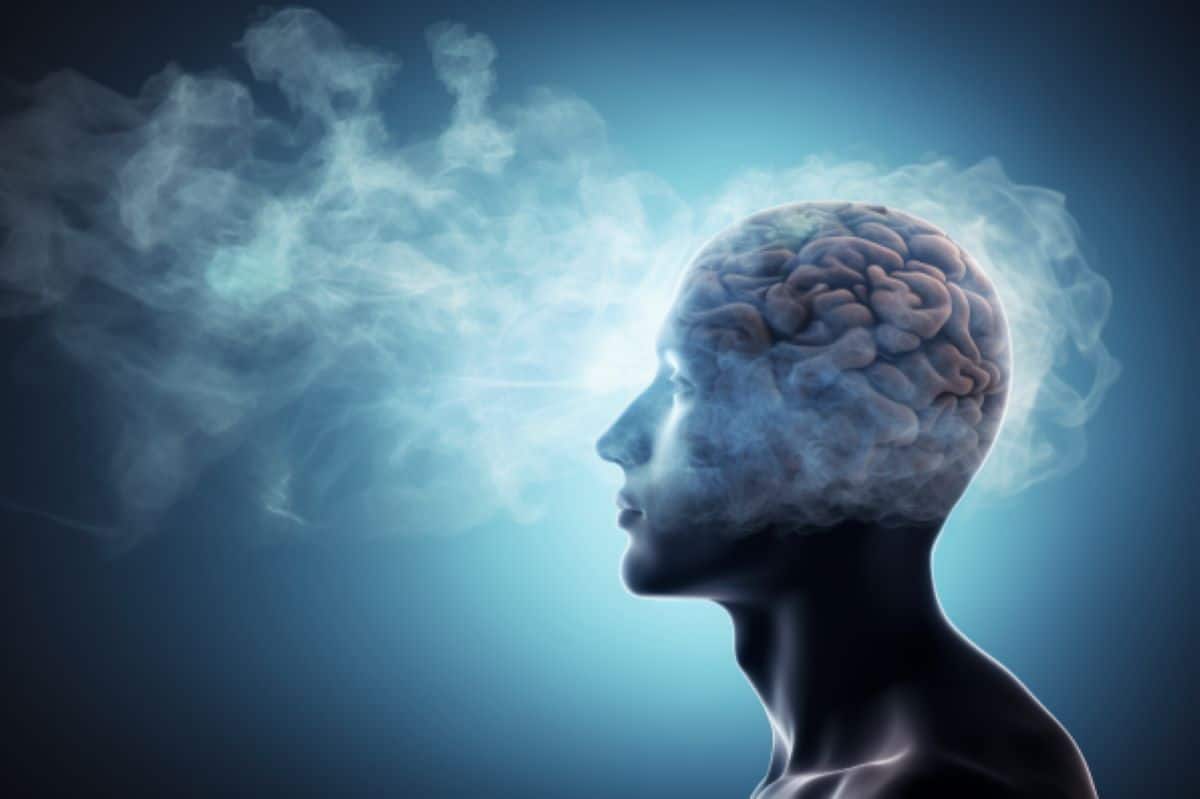Summary: Researchers discovered that theta-burst transcranial magnetic stimulation (TBS) can potentially reduce cigarette cravings. The study revealed that individuals with nicotine dependence often have brain differences that might compromise their inhibitory control (IC). This compromised IC makes resisting the urge to smoke more challenging. However, by using TBS, they found an enhancement in IC, reduced cravings, and a subsequent reduction in smoking.
Key Facts:
- Theta-burst transcranial magnetic stimulation (TBS) involves rapidly fluctuating magnetic field pulses that can influence brain activity.
- People dependent on nicotine usually have less grey matter in their brain, affecting their inhibitory control and making it harder for them to resist smoking urges.
- The study indicated that continuous TBS (cTBS) improved IC and both cTBS and intermittent TBS (iTBS) reduced smoking cravings.
Source: University of Missouri Columbia
New research from the University of Missouri School of Medicine suggests there may be another way to treat cigarette cravings.
Researchers found that theta-burst transcranial magnetic stimulation (TBS) – strong, rapidly fluctuating magnetic field pulses that can affect brain activity – can lead to improved self-control, reduced cravings and as a result, less smoking.
People with nicotine dependence tend to have significant structural and functional differences in the brain, compared to healthy non-smokers. Smoking cigarettes has been shown to be associated with less grey matter, which means they have less neurons and other cells in the brain.

Research suggests these differences may affect inhibitory control (IC), which is our control over automatic urges and response to stimuli – what enables humans to stop an impulsive reaction to something.
“Having difficulties with IC may make it harder to avoid smoking when the urge arises, in response to all the cues and contexts in the environment that trigger the behavior to light a cigarette,” said lead author Brett Froeliger, PhD, professor of Psychiatry.
TBS refers to when magnetic pulses are applied to the brain in bursts of three and come in two forms: continuous TBS (cTBS) and intermittent TBS (iTBS). cTBS consists of applying these three bursts repeatedly for 40 seconds, whereas iTBS applies the same number of pulses irregularly for more than 190 seconds.
Magnetic stimulation has been used to treat other mental illnesses and disorders. cTBS has been experimentally tested to treat generalized anxiety disorder, whereas iTBS to the left dorsolateral prefrontal cortex – a part of your brain responsible for cognitive processes – is FDA-approved for treating major depressive disorder.
The study involved 37 participants, mostly in their late 40’s, and examined the effects of both cTBS and iTBS to the right inferior frontal gyrus, a brain region heavily involved with IC. Researchers found that cTBS improved IC, whereas both cTBS and iTBS reduced cravings and, subsequently, smoking.
“Identifying treatments that improve IC may help reduce smoking and can potentially help with preventing relapse following when a person attempts to quit smoking,” Froeliger said.
“Treatments that improve IC may also help disrupt the cycle of drug use among individuals with other substance use disorders; however, further research is needed to examine the clinical value of TBS for treating substance use disorders.”
About this brain stimulation research news
Author: Eric Slusher
Source: University of Missouri Columbia
Contact: Eric Slusher – University of Missouri Columbia
Image: The image is credited to Neuroscience News
Original Research: Open access.
“Effects of Hyperdirect Pathway Theta-Burst Transcranial Magnetic Stimulation on Inhibitory Control, Craving, and Smoking in Adults with Nicotine Dependence: A Double-Blind Randomized Crossover Trial” by Brett Froeliger et al. Biological Psychiatry
Abstract
Effects of Hyperdirect Pathway Theta-Burst Transcranial Magnetic Stimulation on Inhibitory Control, Craving, and Smoking in Adults with Nicotine Dependence: A Double-Blind Randomized Crossover Trial
Background
Nicotine dependence is associated with dysregulated hyperdirect pathway (HDP)-mediated inhibitory control (IC). However, there are currently no evidence-based treatments shown to target the HDP to improve IC and reduce cigarette cravings and smoking.
Methods
Following a baseline non-stimulation control session, this study (N = 37; female: n = 17) utilized a double-blind, randomized crossover design, to examine the behavioral and neural effects of intermittent TBS (iTBS) and continuous TBS (cTBS) to the right inferior frontal gyrus (rIFG) ─ a key cortical node of the HDP. Associations between treatment effects were also explored.
Results
At baseline, HDP IC task-state functional connectivity (tsFC) was positively associated with IC task performance, which confirmed the relevance between HDP circuit function and IC. Relative to iTBS, rIFG cTBS improved IC task performance. Relative to the baseline non-stimulation control session, both TBS conditions reduced cigarette craving and smoking, but although craving and smoking were lower for cTBS, no differences were found between the two active conditions. Additionally, although HDP IC tsFC was greater following cTBS as compared to iTBS, there was no significant difference between conditions. Lastly, cTBS-induced improvement in IC task performance was associated with reduced craving; and cTBS-induced reduction in craving was associated with reduced smoking.
Conclusions
Findings warrant further investigation into the effects of rIFG cTBS for increasing IC and reducing craving and smoking among individuals with nicotine dependence. Future sham-controlled cTBS studies may further help to elucidate the mechanisms by which rIFG cTBS mediates IC and smoking behavior. ClinicalTrials.gov Identifier: NCT03960138.






